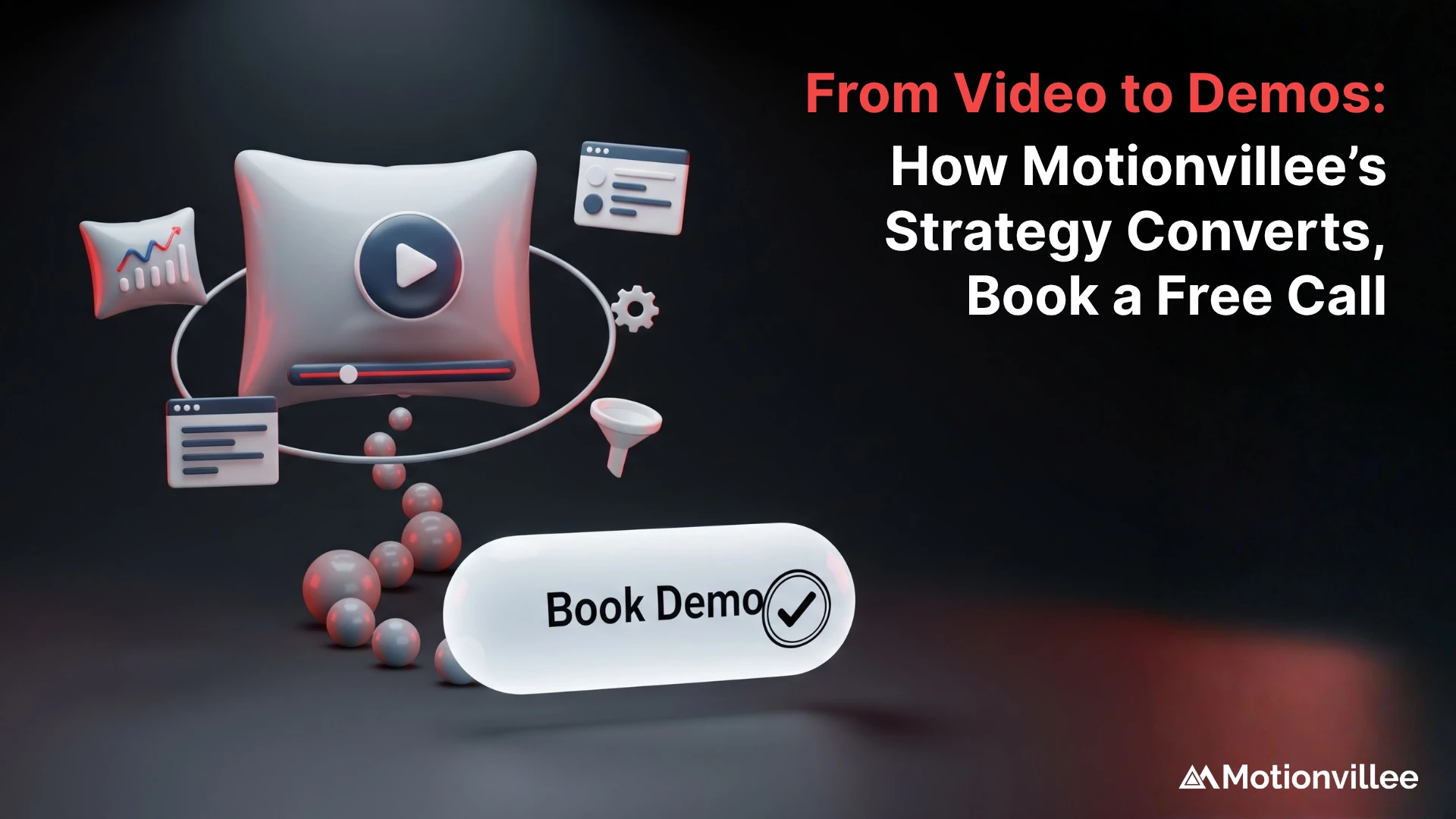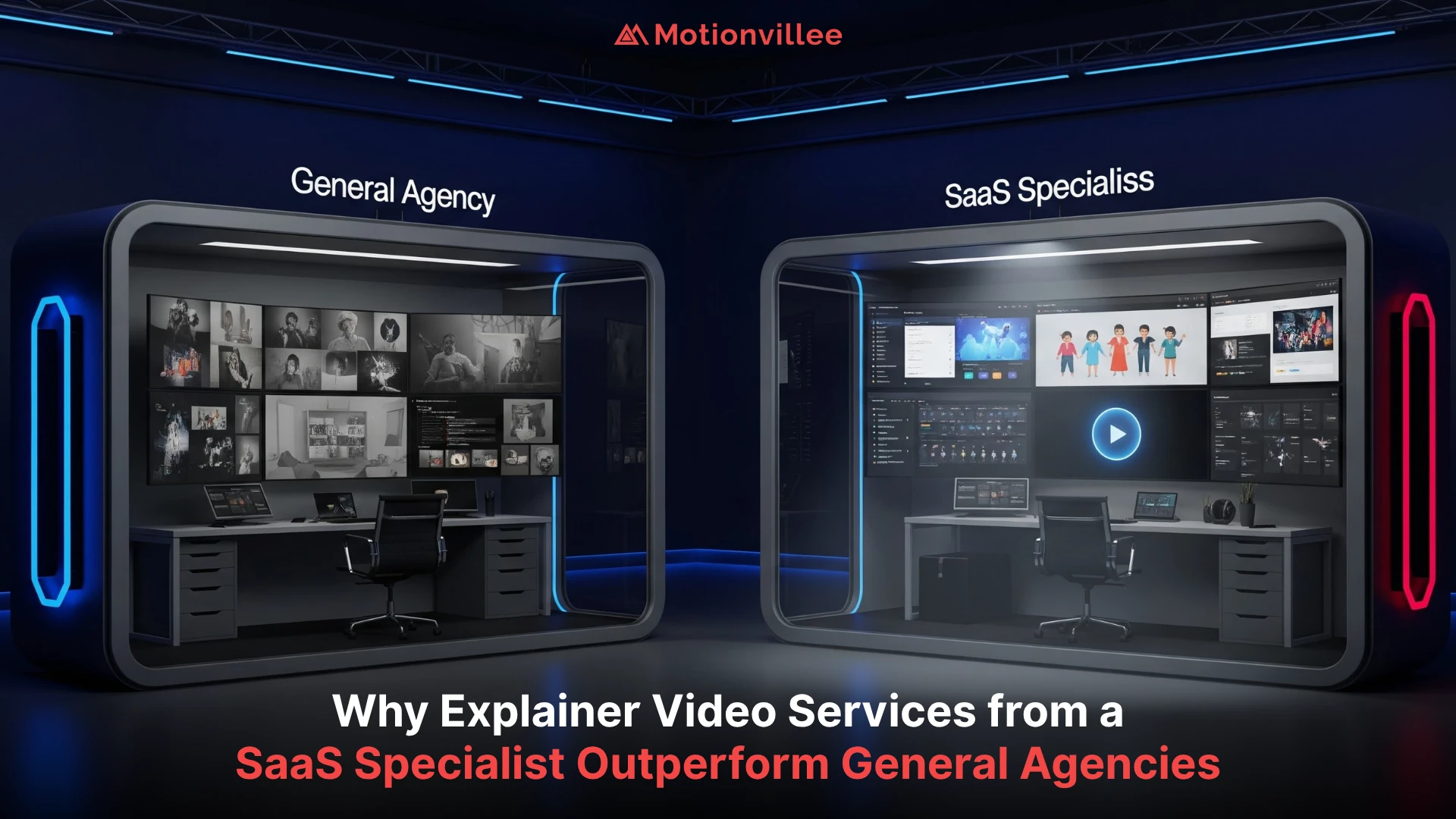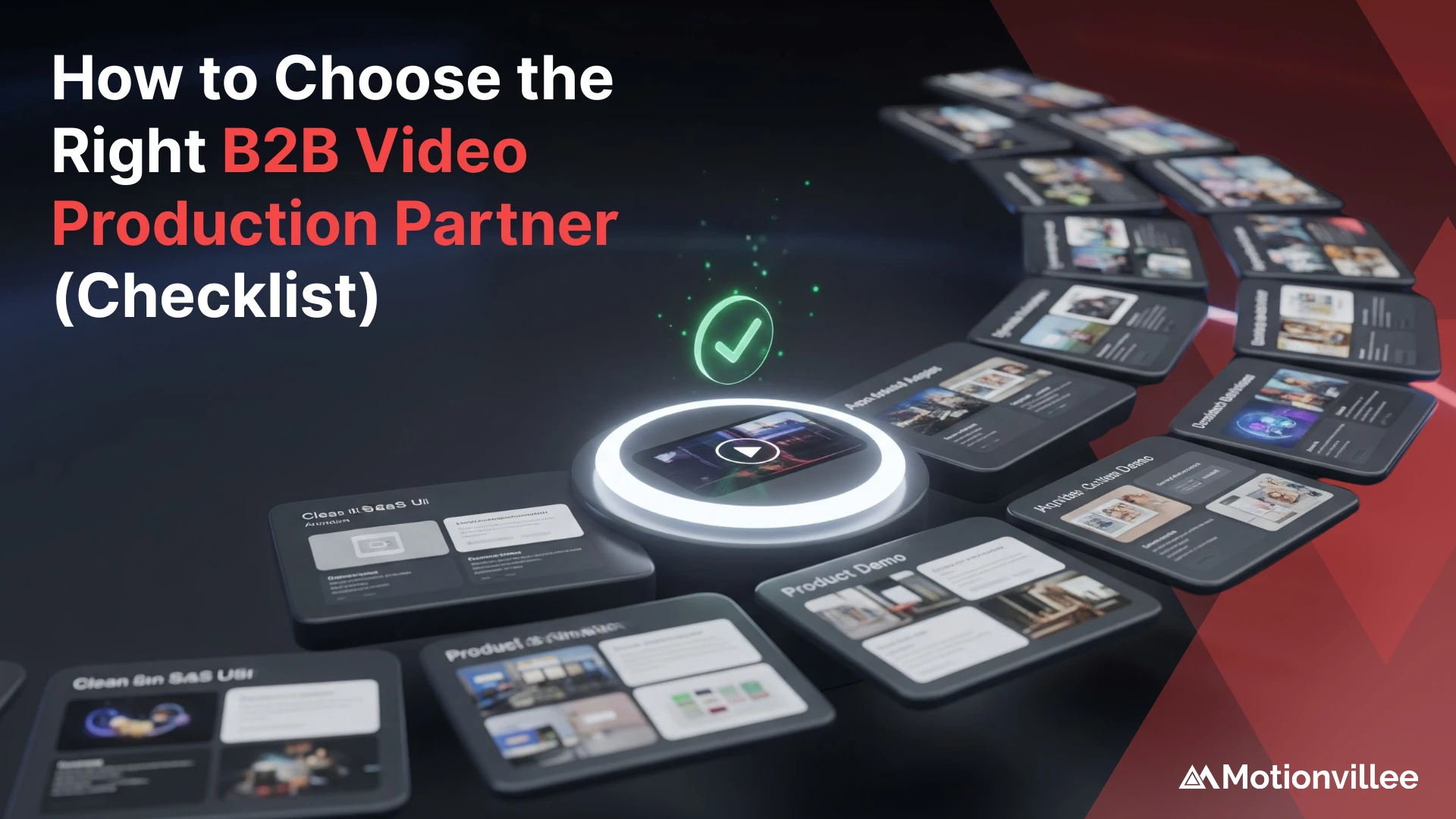Animated videos have transformed the way businesses communicate with their audience. With its ability to simplify complex ideas and capture attention, it’s no wonder that animation has become a go-to tool for marketers.
However, with numerous animation styles available, choosing the right one for your marketing project can be overwhelming. In this blog post, we’ll explore various animation styles, their unique characteristics, and the types of marketing projects they are best suited for.
What are the Types of Animation Style?
2D Animation
2D animation is one of the most traditional and widely recognized animation styles. It involves creating movement in a two-dimensional space, often using digital software like Adobe After Effects or traditional hand-drawn methods.
When to use it:
2D animation is versatile and works well for explainer videos, product demos, and storytelling. Its simplicity makes complex ideas easier to understand, making it a popular choice for educational content and brand stories.
3D Animation
3D animation adds depth and realism to animations by creating objects and characters in a three-dimensional space. This style is commonly used in feature films, video games, and product visualizations. 3D animation allows for intricate detail and lifelike movement, making it perfect for showcasing products or creating immersive storytelling experiences.
When to use it:
When you want to showcase a product from various angles, demonstrate a complex process, or create a realistic environment, 3D animation shines. It’s ideal for industries like tech, automotive, and healthcare where precision and detail matter.
Stop Motion
Stop-motion animation involves capturing individual frames of physical objects and piecing them together to create movement. It’s a labor-intensive process but yields unique and charming results.
When to Use it:
For brands looking to add a nostalgic or handmade feel to their campaigns, stop motion can be a great choice. It’s especially effective for showcasing tangible products or creating quirky brand stories.
Motion Graphics
Motion graphics combine animated elements with graphic design principles to create visually stunning animations. This style is popular for conveying complex information in a concise and engaging manner. Motion graphics are commonly used in explainer videos, title sequences, and infographics.
When to use it:
Motion graphics are perfect for conveying data, and statistics, or introducing a new product feature. If your marketing project involves presenting information in a clear and engaging manner, motion graphics can do wonders.
2.5D Animation
2.5D animation combines elements of 2D and 3D animation. It creates the illusion of depth by animating 2D objects in a 3D space, offering a visually appealing middle ground between the two styles.
When to use it:
For projects that require depth and visual interest without the complexity of full 3D animation, 2.5D is an excellent choice. It’s versatile and can be used across various platforms, from webinars to product showcases.
Whiteboard Animation
Whiteboard animation simulates the process of drawing on a whiteboard, with illustrations appearing to be hand-drawn in real time. This style is effective for explaining concepts, processes, or ideas in a clear and accessible way.
When to use it:
When you want to simplify a complex topic, tell a story, or educate your audience, whiteboard animation is an excellent choice. Its hand-drawn style can make even the most challenging concepts easy to understand and remember.
How to Choose the Right Animation Style
Selecting the right animation style for your project is crucial as it directly impacts how your message is perceived by your audience. Here are some key factors to consider when making your choice:
Understand Your Audience:
Knowing your target audience’s preferences and interests can guide you in choosing an animation style that resonates with them. For instance, younger audiences might prefer vibrant and dynamic styles, while professionals might lean towards more sophisticated and minimalistic designs.
Align with Your Brand:
Your animation style should reflect your brand’s personality and values. If your brand is playful and innovative, a quirky animation style like stop motion or 2D might be suitable. For more formal brands, clean and professional styles like motion graphics or 3D animation may be more appropriate.
Consider Your Message:
The complexity and tone of your message should also influence your animation style choice. For educational or informative content, clear and straightforward styles like whiteboard animation or 2D animation can effectively convey complex ideas. Conversely, for promotional or entertainment-focused content, more creative and visually engaging styles like 3D or 2.5D animation might be more impactful.
Conclusion
Choosing the right animation style for your marketing project is crucial for conveying your message effectively and engaging your target audience. Consider your project’s goals, target audience, and the emotions you want to evoke to select the animation style that best fits your needs.
With the right type of animation style, you can create compelling content that resonates with your audience and drives results for your business. Whether it’s the simplicity of 2D animation, the realism of 3D graphics, or the creativity of stop motion, the possibilities are endless.
At Motionvillee, we offer a comprehensive range of video services tailored to meet your specific needs. Whether you’re looking for 2D animation, 3D animation, stop motion, motion graphics, or kinetic typography, Motionvillee has the expertise to bring your vision to life with creativity and precision. Choose Motionvillee for all your video production needs.







